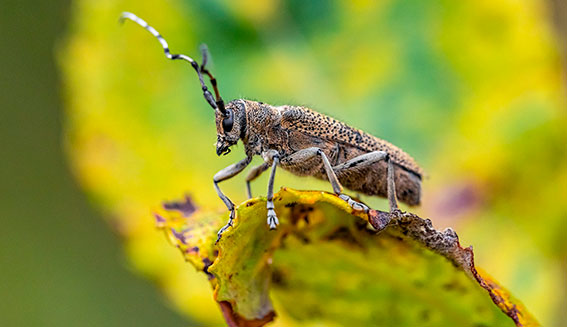Your cart is currently empty!
Damage
Most borers attack only certain kinds of trees, and some are attracted to a broad range of plants. Larvae in most borer species are the life stage that make serious damage to the plants. The larvae feed on the inner bark and then tunnel into the living wood. The feeding larvae destroy the tissues that transport food and water in the plant following girdling, branch dieback, structural weakness, decline, and eventual death of susceptible plants. Moreover, the wounds the borers make on aboveground, or below-ground plant organs facilitate the entry of plant pathogens that act as secondary pests into the host.







